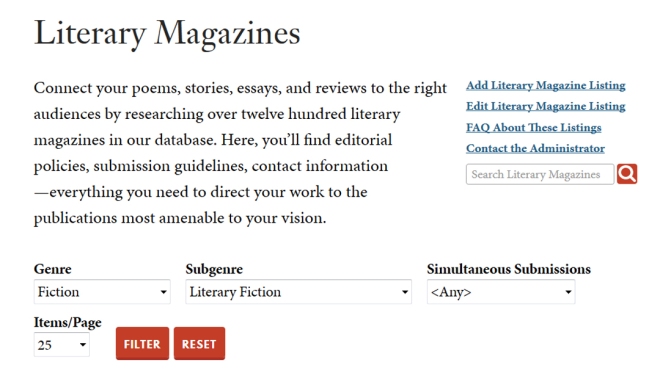I listen to a ton of music while editing. Music is one of the few things that get me through the editing process. I’m frequently bored out of my mind editing something. Unlike writing, editing doesn’t require undivided attention. Focusing on editing makes me remember what I wanted to write instead of what’s on the page. Listening to music teaches me ways to add elements of lyric writing in story writing, specifically literary devices.
Memory has always been something I could do well under a few special circumstances. Math and science, historical stories, things I’ve read, things I’ve watched, and things I’ve heard. My strong emotions help the remembrance of those things. That explains why I could get straight A’s in high school, despite the fact my insufficient caloric intake made me basically dumb. I could still remember stuff, but the ability to make creative leaps was beyond me.
Listening to music isn’t a fruitless enterprise. Song lyrics are a mixture of prose and poetry, instrumentals and vocals. Sometimes the connecting patterns are in instruments and vocals. This article is just about prose and poetry of lyrics. Because that transfers the easiest.
Of course, using a metered verse can add beat to prose and poetry. That isn’t something I know or use well. I know how to write in iambic meter, because the first language I ever learned was entirely iambic, Tamil. The phrases and words themselves sound more musical than average English. The other metered beats like the trochee, dactyl, and anapest are something I haven’t used. The dactyl and anapest, the three syllable variations are daunting to me.
Then writing designed to go with music or with music as the inspiration. I’ve played with the first when writing and thought about using it on this blog. And a literary magazine uses another approach, paintings for inspiration.
This post uses music freely available on Youtube. I’ll put up the Google Music and Spotify Web Player Links. As far as I know, Google gives a free listen and Spotify requires a free account. And the Youtube links. Relevant excerpts are below with explanations. Some have multiple literary devices at the same time.
My approach to literary devices is just reading and remembering quirks of writing I’ve read. Then I simply use those techniques. For the sake of this post, I researched the names for the quirks listed below. They’re actual literary devices and the references are all from LitCharts.com.

That’s a rhyme. We all know about that one. Two words with similar sounding syllables.

That’s anadiplosis. The end of one sentence is repeated again at the beginning of the next. And rhyming.

That’s anaphora. It’s the repeating of the first few words for successive clauses. Two instances above. Ending anaphora with and different clause beginning, with some connection to the previous clauses. In this case that’s rhyming.

First parallelism, the same sentence structure repeated. Then that’s epizeuxis. It’s repeating a series of words with no intervening words. More rhyming.

I would call that diacope. It’s the repetition of words with other words between each repetition.
That’s all the lyric examples I have for now. Now examples I’ll come up with.
Rhyming:
Think of the preposterous,
Thus imagine the wondrous.
Get stuck in the marvelous,
Never return to the salacious.
Anadiplosis:
The struggle is with time. With time we have so much, yet not enough.
I need a meditation retreat. A meditation retreat will relax me.
We struggle for superfluous things. For superfluous things we do anything.
Anaphora:
We want time.
We want things.
We want friends.
Finding all that misses one thing, finding happiness in your own skin.
Parallelism:
The trouble of doing nothing and stagnatng.
The truth of learning something and growing.
Epizeuxis:
Life is more wonderful than you can imagine, more wonderful than you can imagine.
There is absolutely nothing wrong, absolutely nothing wrong.
“Who are you going to be after all this?”
“After all of this?”
Diacope:
Try finding truth, finding wisdom, and you’ll soon discover finding isn’t an easy thing. Everything that needs finding isn’t that far away, everything that needs finding is right inside.
This was somewhat useful I think. These devices of repetition are useful to build power in writing. That’s great for the purposes of conclusion. And as an accent to draw attention. But there are many ways to do that. A concise conclusion makes a difference, it surely does. Those examples verify that I need practice in their application in the construction of prose. There, that was the least bit successful. Maybe this helps, maybe it doesn’t. But understand it I will.
I will get this.
GK















